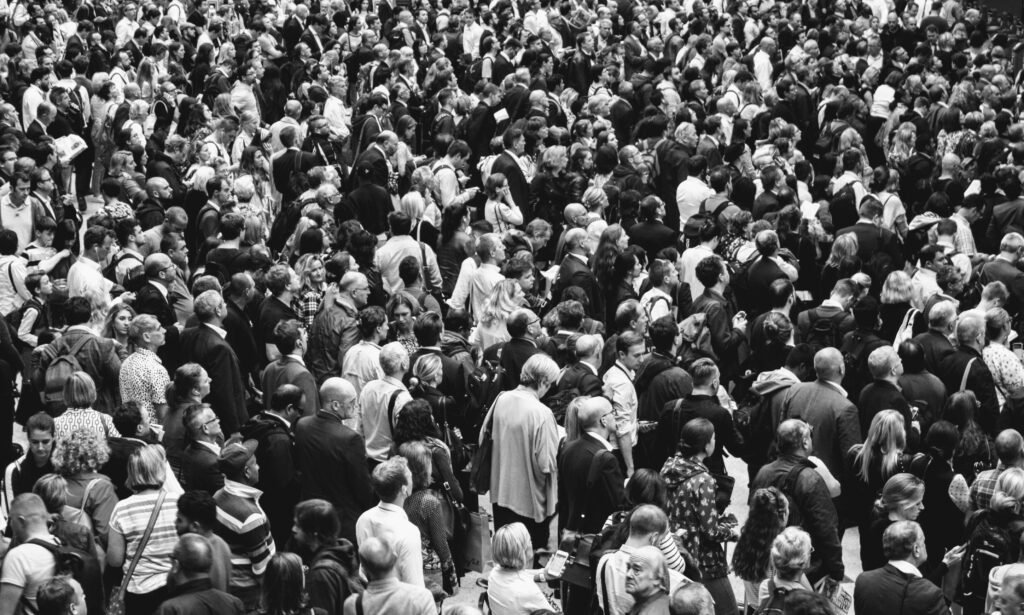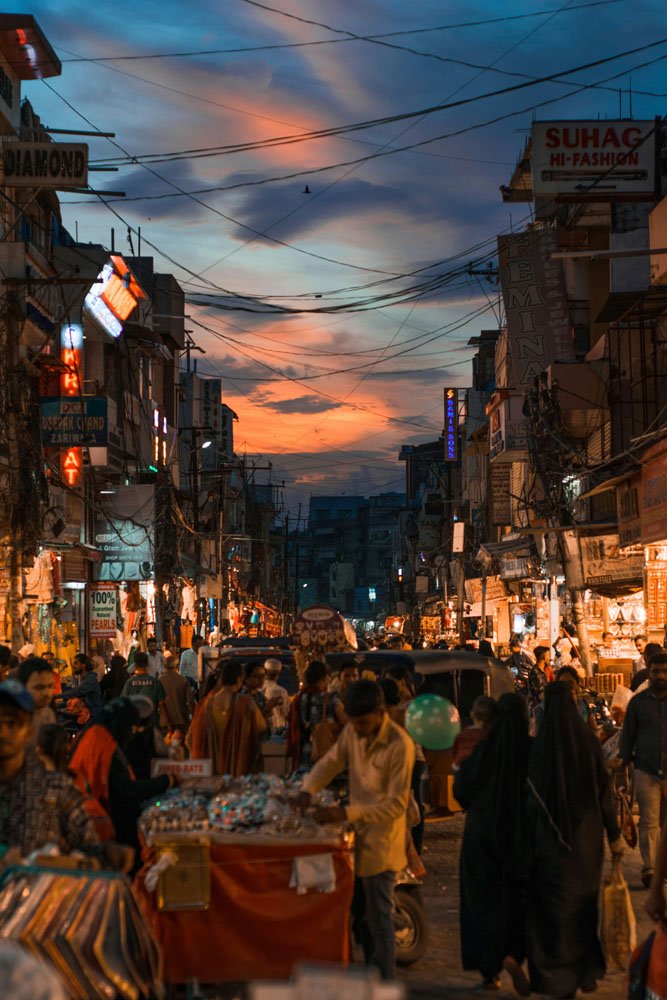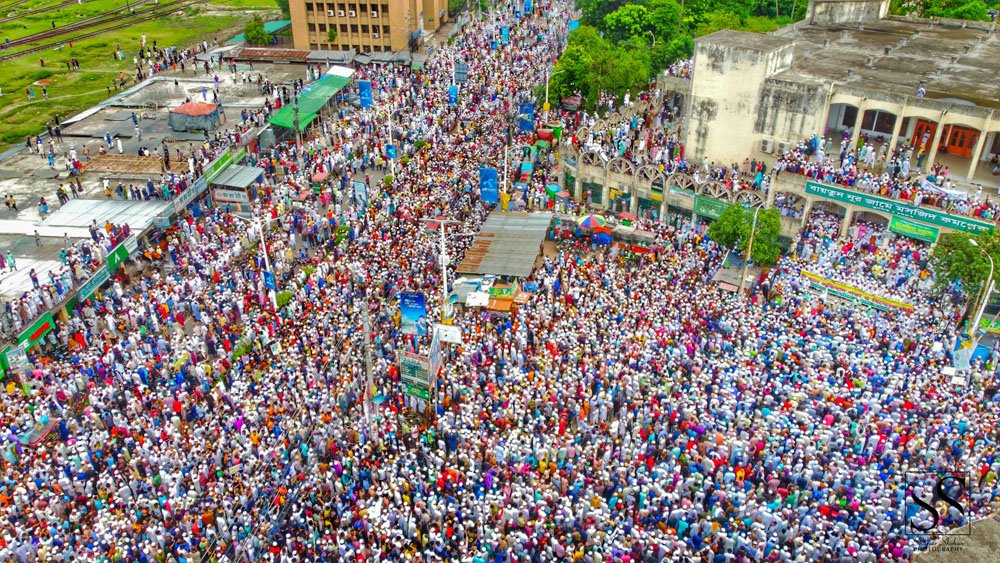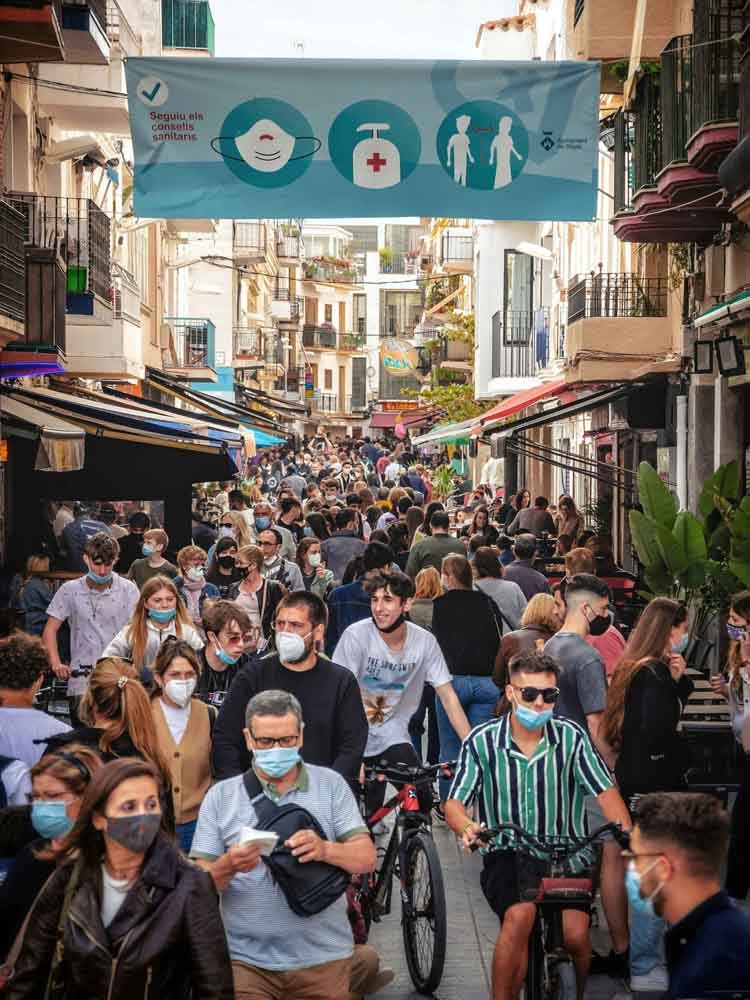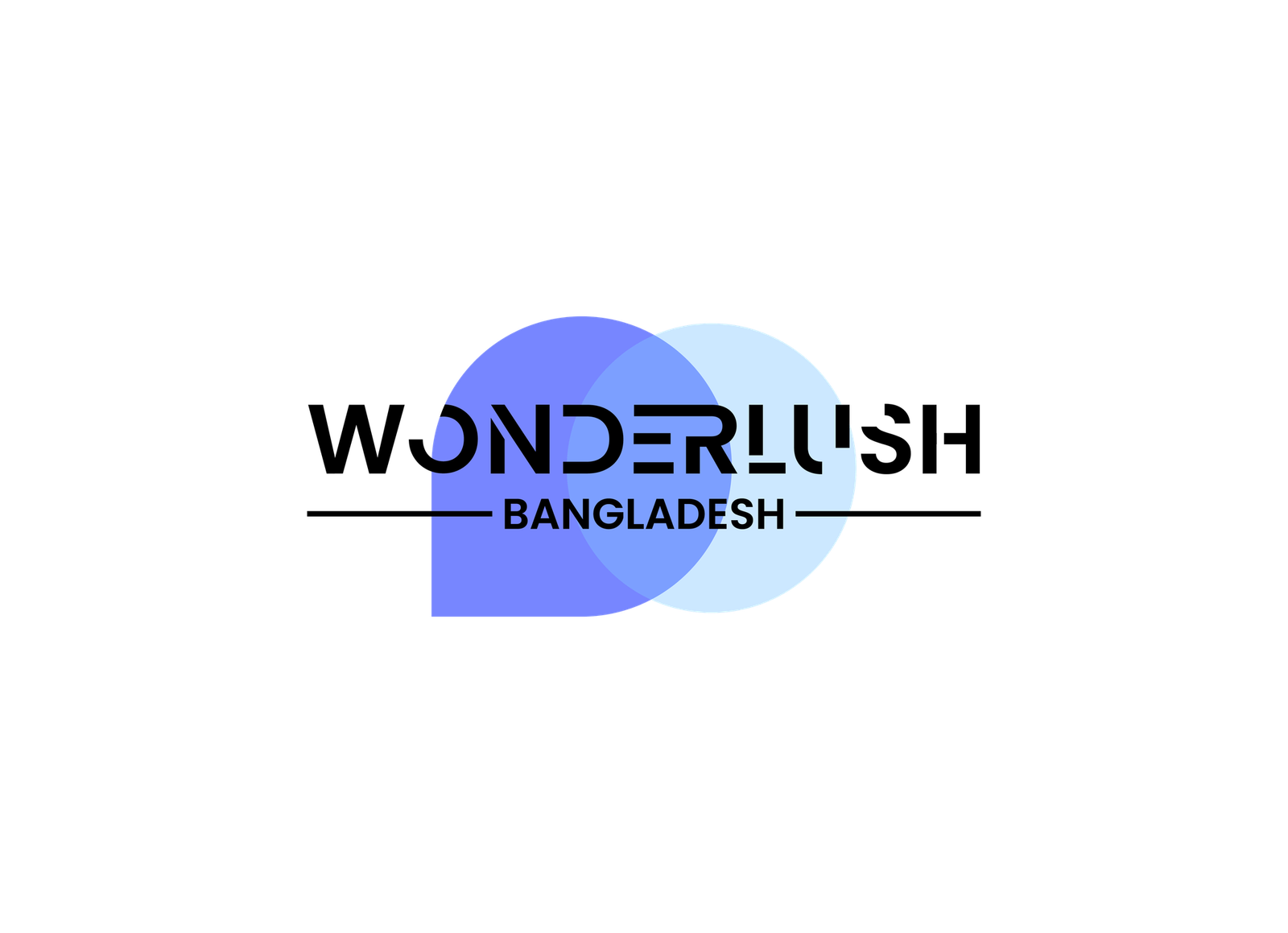Dhaka is the capital and largest city in Bangladesh. Dhaka is a megacity, and has a population of 10.2 million residents as of 2022, and a population of over 22.4 million residents in Greater Dhaka. It is widely considered to be one of the most densely populated built-up urban area in the world.
Bangladesh is one of the most densely populated countries in the world, with a rich and diverse cultural heritage. Here are some key points about its population:
-
Total Population: As of my last update, Bangladesh has a population of over 160 million people, making it the 8th most populous country in the world.
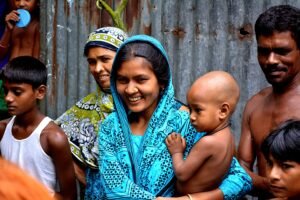
-
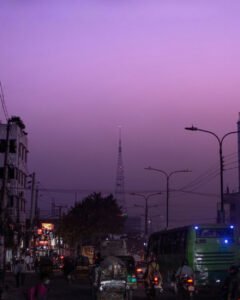
-
Population Density: Bangladesh is known for its high population density. It is estimated to have around 1,265 people per square kilometer, making it one of the most densely populated countries globally.
-
Urbanization: Rapid urbanization is a significant trend in Bangladesh. Dhaka, the capital city, is one of the most densely populated cities globally. Its population growth is largely driven by rural-to-urban migration due to factors like employment opportunities and better living conditions.
-
Population Growth Rate: Despite efforts to control population growth, Bangladesh’s population continues to grow at a steady rate. However, the growth rate has been gradually declining due to various factors, including increased access to education and healthcare, particularly for women.
-
Age Structure: Bangladesh has a relatively young population, with a large percentage of people under the age of 25. This demographic trend poses both opportunities and challenges for the country, including the need for adequate education, healthcare, and employment opportunities for the youth.
-
Ethnic Diversity: Bangladesh is home to various ethnic groups, with the Bengali people being the largest ethnic group. There are also several indigenous communities living in different regions of the country, each with its distinct culture, language, and traditions.
-
Population Policies: The government of Bangladesh has implemented various population control measures over the years to manage its population growth. These efforts include family planning programs, awareness campaigns, and the provision of reproductive healthcare services.
-
Challenges: The high population density in Bangladesh poses numerous challenges, including pressure on resources such as land, water, and infrastructure. Addressing these challenges requires sustainable development strategies and effective governance.
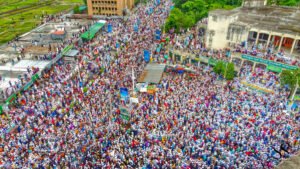
Overall, the population of Bangladesh plays a crucial role in shaping the country’s social, economic, and political landscape, and managing population growth remains a priority for its sustainable development.
